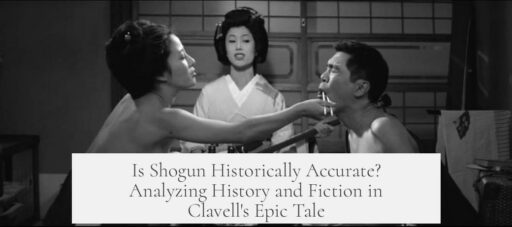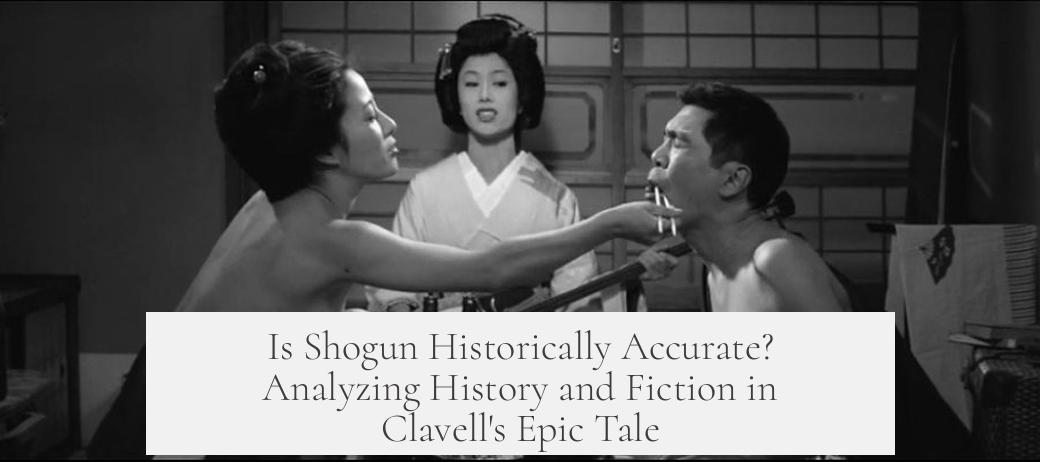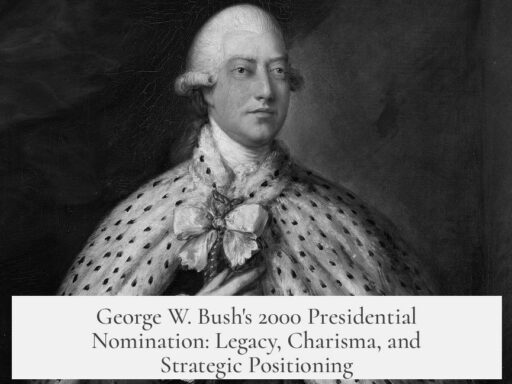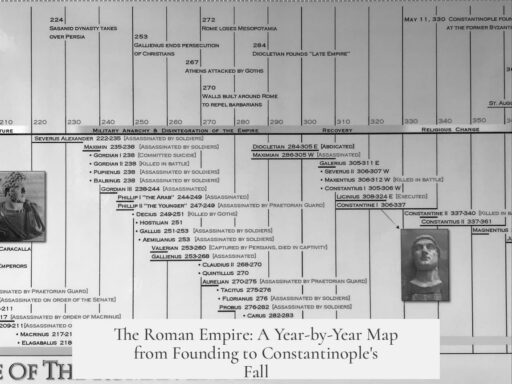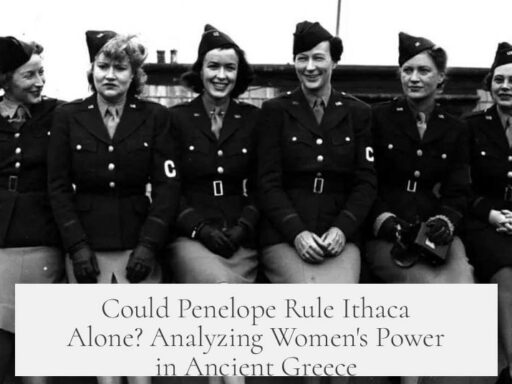Shogun is not historically accurate in a strict sense, but it captures essential elements of its setting with a blend of fact and fiction tailored for a Western audience. The novel, set in early 17th century Japan, reflects real historical themes while altering many details to enhance narrative appeal.
The novel is inspired by the true story of an English navigator, William Adams, who arrived in Japan during the early 1600s. Adams became one of the few Westerners to gain the trust of Japanese warlords and even attained the samurai status. James Clavell, the author of Shogun, based much of his story on Adams’s life but fictionalized names and events to craft a compelling narrative. For example, the central character Toranaga is a fictional counterpart to Tokugawa Ieyasu, a pivotal historical figure who unified Japan. Clavell renamed Tokugawa Ieyasu to Yoshi Toranaga, simplifying the complex political environment for readers unfamiliar with Japanese history.
Christianity features authentically in the story. The presence of Japanese Christians during this era is factual, as Catholic missionaries were indeed active across Japan before Christianity was suppressed. This element enriches the plot and adds layers to the conflict and cultural interactions portrayed.
Clavell’s background influenced his approach to the story. He was a veteran and a former prisoner of war in Japan during World War II. Despite this, he showed respect for Japanese culture rather than resentment. This respect is evident in his detailed depictions of social customs, architecture, and the samurai code. However, Clavell deliberately made simplifications and liberties to appeal to a 1970s Western audience. Complex historical events, such as the intricate civil wars that shaped Japan’s unification, were condensed. Introducing Dutch firearms as a significant advantage in the story also simplifies historical reality, as Japanese forces had used firearms like arquebuses for decades by then.
The novel’s portrayal of ninjas also shapes Western perceptions inaccurately. Clavell was among the first to popularize ninjas in Western culture, but many of the depictions in Shogun do not align with historical records. The mystique around ninjas largely stems from creative storytelling rather than strict historical evidence.
| Aspect | Historical Accuracy | Adaptations for Storytelling |
|---|---|---|
| Main Character | Based on real Englishman William Adams | Name changed to John Blackthorne; details fictionalized |
| Japanese Leader | Yoshi Toranaga based on Tokugawa Ieyasu | Name and political events simplified |
| Christianity | Accurately depicts missionaries and Japanese converts | Integrated into plot as a cultural and political element |
| Firearms | Japanese already familiar with arquebuses | Dutch muskets treated as more revolutionary than historically accurate |
| Ninjas | Popularized Western idea of ninjas | Exaggerated aspects to fit entertainment value |
Clavell’s novel is categorized as “soft” historical fiction. It uses a real historical framework while prioritizing story appeal over precise accuracy. In the 1970s, readers expected a gripping narrative more than a detailed history lesson. Clavell’s experience in Japan gave him insight, but he adapted the story for accessibility and entertainment.
Newer adaptations of Shogun, such as recent limited series, strive to correct some past inaccuracies. For example, they portray the introduction of firearms more accurately, recognizing that Japan had been using such weapons much earlier than the novel implies. These updates aim to provide a nuanced view to audiences with growing interest in authentic depictions.
Overall, Shogun blends historical inspiration with fictional storytelling. It evokes cultural and political tensions of early Edo-period Japan but should not be regarded as a documentary. For readers seeking thorough history, works like Giles Milton’s Samurai William: The Englishman Who Opened Japan offer a more factual account of William Adams and his time in Japan.
The novel’s impact on Western views of Japan is significant. It raised awareness of Japanese culture during a time when much of the West knew Japan primarily from World War II history. Shogun shaped perceptions of samurai codes, feudal rivalries, and Christian influence as seen through a Western lens.
- Shogun is loosely based on true events and people but takes many liberties.
- It features historically accurate elements like Christian Japanese and early firearm use, though simplified or altered.
- Key figures and events are fictionalized or renamed for storytelling ease.
- The novel introduced ninjas to Western pop culture but with many inaccuracies.
- Clavell wrote for a 1970s audience, balancing history with accessible fiction.
- Modern adaptations attempt to correct some historical oversimplifications.
Is Shogun Historically Accurate? The Real Scoop Behind Clavell’s Epic
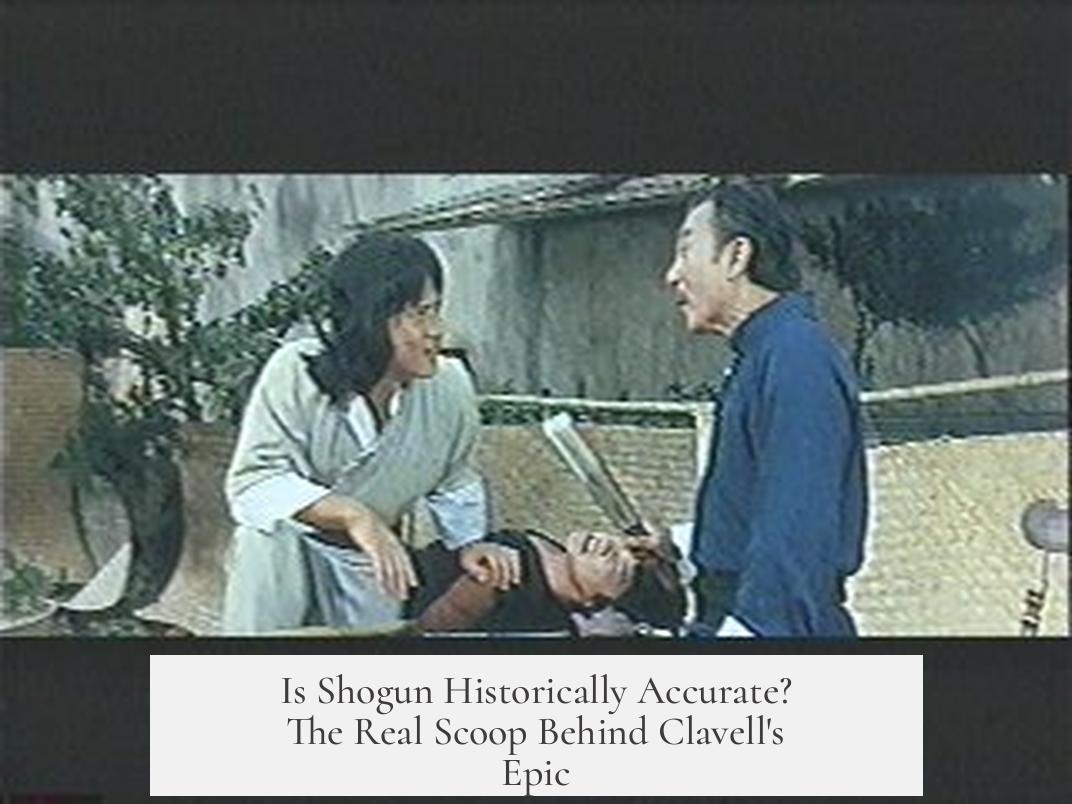
Is Shogun historically accurate? The straightforward answer is: not really. James Clavell’s 1975 novel and its famous TV adaptation, while thrilling and richly detailed, are more “soft” historical fiction than a strict history lesson. But that doesn’t mean it doesn’t have real historical roots or value. Let’s unpack the truth behind this sprawling story.
Shogun is set in early 1600s Japan, a volatile period marked by civil war and shifting power dynamics. It features an English sailor, John Blackthorne, caught up in samurai intrigues. This character is loosely inspired by the real William Adams — the Englishman who became a samurai. However, Clavell’s storytelling takes liberties, blending history with dramatized adventure and Western-friendly simplifications.
The Historical Backbone: Christian Japanese and Beyond
One fascinating and true detail Clavell incorporates is the presence of Christian Japanese people at the time. Catholic missionaries had some success converting locals in Japan during this era. This intersection of cultures is real and adds authenticity. However, the novel does not delve deeply into the complex history of Christianity’s rise and suppression in Japan.
So, yes, Christian Japanese figures did exist, but the novel’s treatment is more of a nod than a full exploration.
Where History Takes a Back Seat
Clavell openly took many creative liberties. For example, the novel renames Tokugawa Ieyasu, the man who unified Japan and became shogun, as Yoshi Toranaga. This wasn’t just for dramatic flair. Clavell wanted to avoid telling Tokugawa’s actual story, perhaps because it was too complex or too rooted in Japanese culture that might be alien to Western readers. Plus, “Yoshi Toranaga” sounds less intimidating than “Tokugawa Ieyasu” for his audience.
Also, Clavell simplified significant historical details, like the long and tangled civil wars that set the stage for the story. And he dramatized the introduction of Dutch muskets and cannons — portraying them as a game-changer in the power struggle. In reality, the Japanese had used firearms for over 60 years by 1600, making that point a bit exaggerated.
On a brighter note, the new limited TV series reportedly corrects some of these technical inaccuracies, like the timing of firearms introduction, which is a welcome update for history buffs.
Clavell’s Personal Experience and Its Impact
James Clavell’s background adds a fascinating layer. He spent much of World War II in a Japanese prisoner of war camp. His debut novel, King Rat, fictionalizes that brutal experience. Remarkably, Clavell didn’t develop bitterness toward his captors. Instead, he grew to respect Japanese culture deeply. This genuine respect shines through in Shogun, which, despite its fiction, acts as an homage to Japan’s rich and unique cultural tapestry.
Shogun, Western Audiences, and Pop Culture Myths
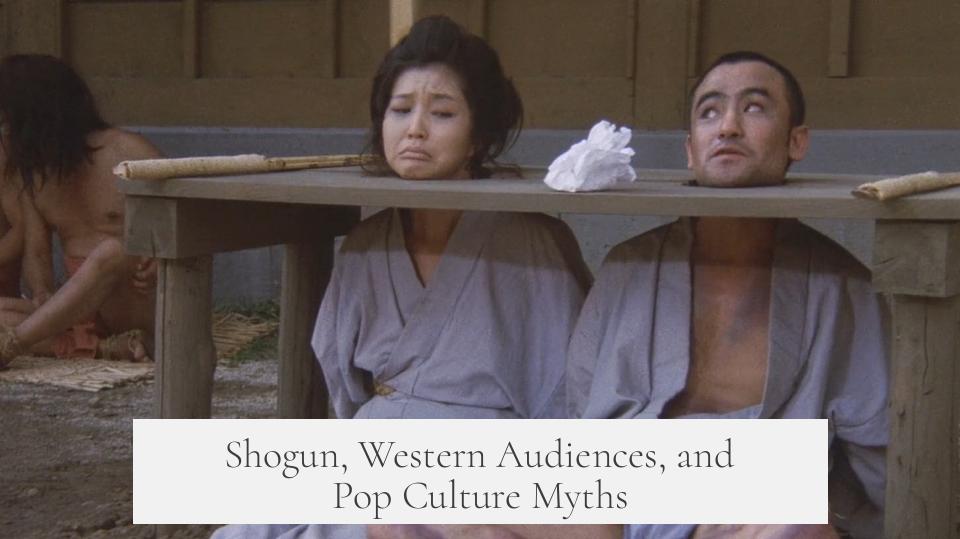
Shogun helped shape Western perceptions of Japan and, indirectly, the mystique around ninjas. Thanks to Clavell, many Westerners encountered a stylized version of ninja lore that isn’t fully historical. In reality, ninja activities and skills were far more covert and less flashy than Hollywood and Shogun portrayals.
This blend of myth, history, and fiction makes Shogun fascinating but not a reliable historical source. It’s a story designed to entertain and introduce Western readers to Japanese culture in a digestible form.
Why Care About Historical Accuracy Anyway?
With historical fiction, there’s a balance between storytelling and truth. Clavell’s Shogun leans heavily toward the story side, offering sweeping drama rather than a textbook history.
Readers seeking exact history should turn to books like Giles Milton’s Samurai William: The Englishman Who Opened Japan, which delves into the real William Adams’ adventures and provides a clearer view of Elizabethan-Japan relations.
Still, Shogun’s vivid characters, intricate plotting, and cultural insights make it more than just a novel. It’s a gateway for many in the West to explore Japanese history and culture further.
Final Takeaway
Shogun is best enjoyed as a gripping work of historical fiction with roots in real events and people, rather than a documentary. Clavell’s goal was to tell a great story infused with cultural respect and passion—not to write a hard history book.
So, is Shogun historically accurate? No. Yet, it opens doors to fascinating history and inspires curiosity about Japan. That’s a pretty impressive achievement for a fictional tale.
Curious about the real Elizabethan samurai? Dare to compare Clavell’s adventure with historical accounts and see how fiction bends history for the sake of a good story. Just keep your sword sharp and your skepticism ready.
